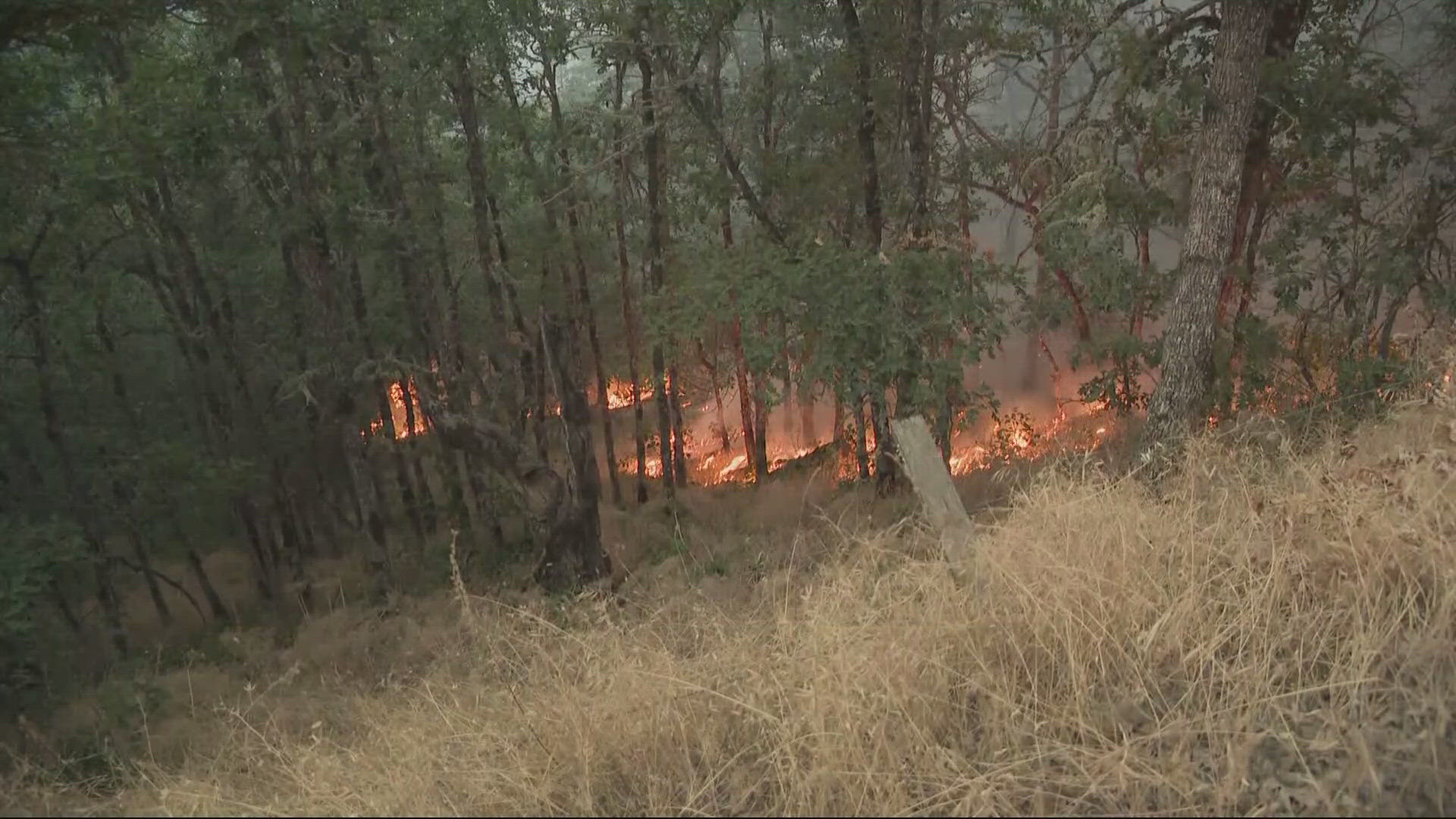EUGENE, Ore. — A new study out of the University of Oregon School of Journalism and Communication suggests the U.S. method for communicating the severity of wildfire smoke may be less effective than the method used in Canada, especially for parents wanting to protect their children's health.
The study surveyed 2,000 parents in California, Oregon, Washington and British Columbia.
The American Air Quality Index, or AQI, is based on a scale from zero to 500+. The Canadian Air Quality Health Index, or AQHI, has a scale from zero to 1+.
Researchers say parents surveyed were more concerned and willing to act in moderate smoke situations when viewing the Canadian index, with its smaller range scale.
“I think what this really said to me after doing this study is that the numbers that we use to communicate risk matter, and we need these numbers to be really easy for people to interpret if we want them to act accordingly and to protect themselves,” said Cathy Slavik, Ph.D. an environmental health and communications researcher in the school’s Center for Science Communication Research.
Researchers also found that certain infographics were better than others at motivating parents to take protective measures for their families.
They hope to continue the work to fine-tune the messaging of wildfire smoke hazards. In the meantime, Slavik said it’s important for parents to continue to pay attention, no matter what form wildfire smoke information comes in, as air quality experts continue to improve the delivery of critical information.
“We're not necessarily saying that we should throw out the AQI, but I think a study like this suggests that we should be thinking about these things a little more critically, making sure we're testing any communications that we're putting out there,” said Slavik.
The research was funded by the National Institute of Environmental Health Sciences and the National Institutes of Health, as well as supported in part by the Banting Postdoctoral Fellowships program of Canada and the U.S. National Science Foundation.

